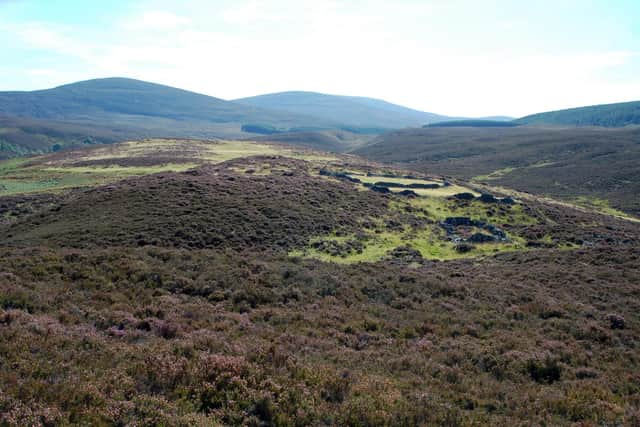The 'uncomfortable' truth around a new Highland village near Lake Ontario
Author David Taylor has examined the creation of Badenoch in Puslinch, on the fringes of Lake Ontario, where around 200 people from Glen Feshie settled from the early 1830s.
On arrival, heavily-forested land was cleared - the men ‘slashing everything before them with axes’ – deer and bear were hunted, maple sugar made, houses and barns built and dances with bagpipes held to toast their new prosperity.
Advertisement
Hide AdAdvertisement
Hide AdBut with the intensity of settler expansion, the Highlanders now threatened the nomadic lifestyle of Indigenous peoples – and helped contribute to suffering greater than they had ever experienced at the hands of their landlords back home, Mr Taylor said.
"There is an uncomfortable truth underlying the new Badenoch, for the forests they felled were not empty.
"This was the ancestral home of the Mississaugas of the Credit First Nation who occupied the northern shore of Lake Ontario and its hinterland,” Mr Taylor said.
Mr Taylor, in his new book The People Are Not There, The Transformation of Badenoch, 1800 – 1863, draws on letters and accounts from settlers, which suggest an amicable relationship between Highlanders and the Indigenous peoples in the early days.


They traded food and, according to one letter, were “faithful friends indeed”. One Highlander later recalled playing with Indigenous children, “he speaking Gaelic, they Indian”.
However, as more settlers arrived, their nomadic life was threatened given the “frenzy of forest felling”. The expanding network of fencing which marked out land acquisition “wreaked havoc on nomadic lifestyles” as traditional migratory routes were cut off, hunting grounds destroyed and access to fishing grounds taken away.
Mr Taylor added: “It’s the intensity of settlers and the vast amounts of land being bought up that becomes the issue. In just a few years, you see this torrent of settlement.”
The threat to the Mississaugas came not just from the Highlanders of Puslinch, but the growing immigrant community on their traditional lands, which also included English and German settlers.


Advertisement
Hide AdAdvertisement
Hide AdAccording to accounts, the Mississaugas became “outcasts in their own land” with the “sound of the white man’s axe” driving game far away. They were moved from riverside camps and threatened with violence.
Mr Taylor said: “In 20 to 30 years, the population of the Indigenous peoples is greatly reduced. We know the majority were moved onto reservations, simply for survival.”
Even if not guilty of physical repression or atrocities, Highlanders were “at very least complicit” in the fate of the Indigenous people.
The author, who also examines the successes of emigrants from Badenoch to Tasmania and Australia, added: "Whether through wilful destruction of habitat, appropriation of land, disease, slaughter, starvation or cultural genocide, Highlanders were as guilty as any, generally visiting far greater suffering and ‘clearances’ on Indigenous peoples that they themselves had experienced at he hands of the landlords and factors about whom they had so vociferously complained,” he said.


The settlers were unlikely to see themselves in this light given the “context of time”. Their natural drive to build a better life was actively encouraged by both colonial and British governments – “on whom the ultimate responsibility must surely fall”.
The People Are Not There, the Transformation of Badenoch, 1800 to 1863, by David Taylor is published by Birlinn and available now.
Comments
Want to join the conversation? Please or to comment on this article.
